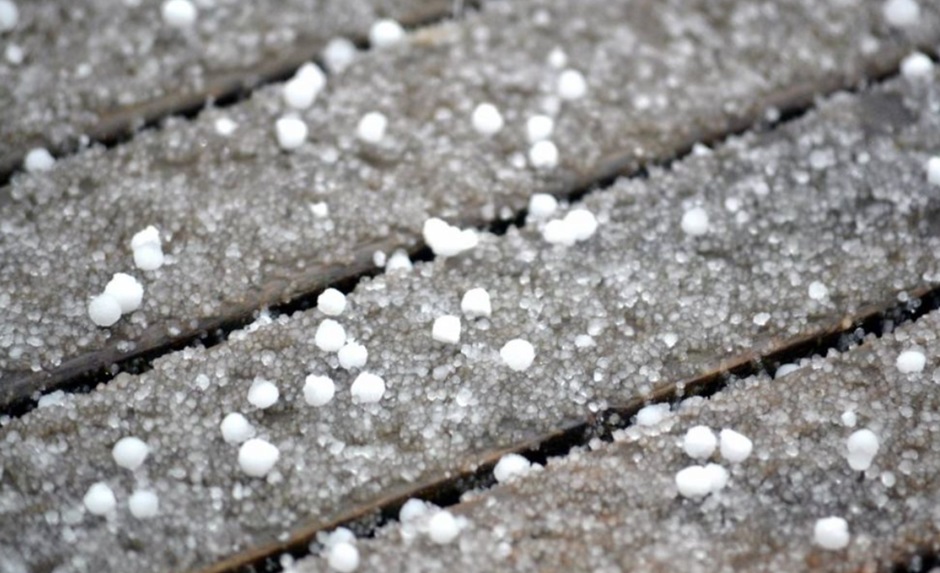How Ice Salt Works: Understanding Its Role in Winter Maintenance

As winter approaches, the need for effective snow and ice management becomes paramount for safety and accessibility. Ice salt, commonly referred to as rock salt or sodium chloride, plays a critical role in winter maintenance strategies for both residential and commercial areas. This article delves into how ice salt works, its benefits, and considerations for its use during the cold months.
The Science Behind Ice Salt
Ice salt operates on a fundamental principle of freezing point depression. When applied to snow or ice, ice salt lowers the freezing point of water, preventing the formation of ice or facilitating its melting. Pure water freezes at 32°F (0°C). However, when ice salt is introduced, the freezing point can drop significantly, depending on the concentration of salt and temperature.
Mechanism of Action
When ice salt is sprinkled on icy surfaces, it begins to dissolve into the thin layer of water that is always present on the surface, even in freezing conditions. This solution has a lower freezing point than pure water, which means that the ice will melt even at sub-zero temperatures. The more ice salt is applied, the more effective it is at melting the ice, as the increased salinity further lowers the freezing point.
For optimal performance, the temperature of the environment plays a crucial role. Ice salt is most effective at temperatures above 15°F (-9°C). Below this threshold, its effectiveness diminishes, as the ice and salt mixture can form a hard crust that becomes difficult to penetrate. In such cases, alternative de-icing agents, such as calcium chloride or magnesium chloride, may be preferred due to their lower effective temperature range.
Benefits of Using Ice Salt
Cost-Effectiveness
One of the primary advantages of using ice salt for winter maintenance is its affordability. Ice salt is widely available and relatively inexpensive compared to other de-icing agents. This cost-effectiveness makes it a popular choice for municipalities and private property owners alike, enabling efficient snow and ice management without excessive expenditure.
Accessibility and Familiarity
Ice salt has been used for decades, making it a well-known and trusted solution for winter maintenance. Its ease of access in local hardware stores, as well as its straightforward application process, contributes to its widespread use. Property managers and homeowners can easily acquire and apply ice salt to driveways, sidewalks, and parking lots.
Environmental Impact
While ice salt does have some environmental effects, particularly concerning vegetation and soil quality, it is generally considered safer than many chemical alternatives. Many municipalities have adopted practices to minimize the environmental impact of ice salt, such as using it in combination with sand or alternative products that reduce runoff and mitigate harm to plants.
Considerations for Effective Use
Application Guidelines
For optimal results, it is essential to follow application guidelines when using ice salt. Over-application can lead to excessive runoff, contributing to environmental degradation and potential damage to nearby vegetation. A light, even spread of ice salt is usually sufficient, allowing for effective melting without waste.
Timing Matters
Timing is crucial when applying ice salt. Applying it before a snowstorm can prevent snow from bonding to the pavement, making it easier to plow or shovel. Conversely, treating surfaces after the storm can still yield positive results, especially if applied promptly while the snow is still manageable.
Alternative De-Icers
As previously mentioned, there are alternatives to ice salt that can be more effective in extremely low temperatures. Products like calcium chloride and magnesium chloride not only lower the freezing point further but also attract moisture from the air, enhancing their effectiveness. Understanding the specific conditions and temperature ranges can help property managers choose the right product for their needs.
Conclusion
Ice salt remains an essential tool in winter maintenance, providing an effective, economical, and accessible solution for managing snow and ice. Its ability to lower the freezing point of water allows for safer roads and walkways, reducing accidents and improving mobility during harsh winter months. By understanding the science behind ice salt and following best practices for its application, property owners and municipalities can effectively enhance their winter maintenance strategies, ensuring safer environments for all. As winter approaches, embracing the benefits of ice salt, along with being mindful of its environmental impact and application methods, can lead to a more successful and efficient winter season.








